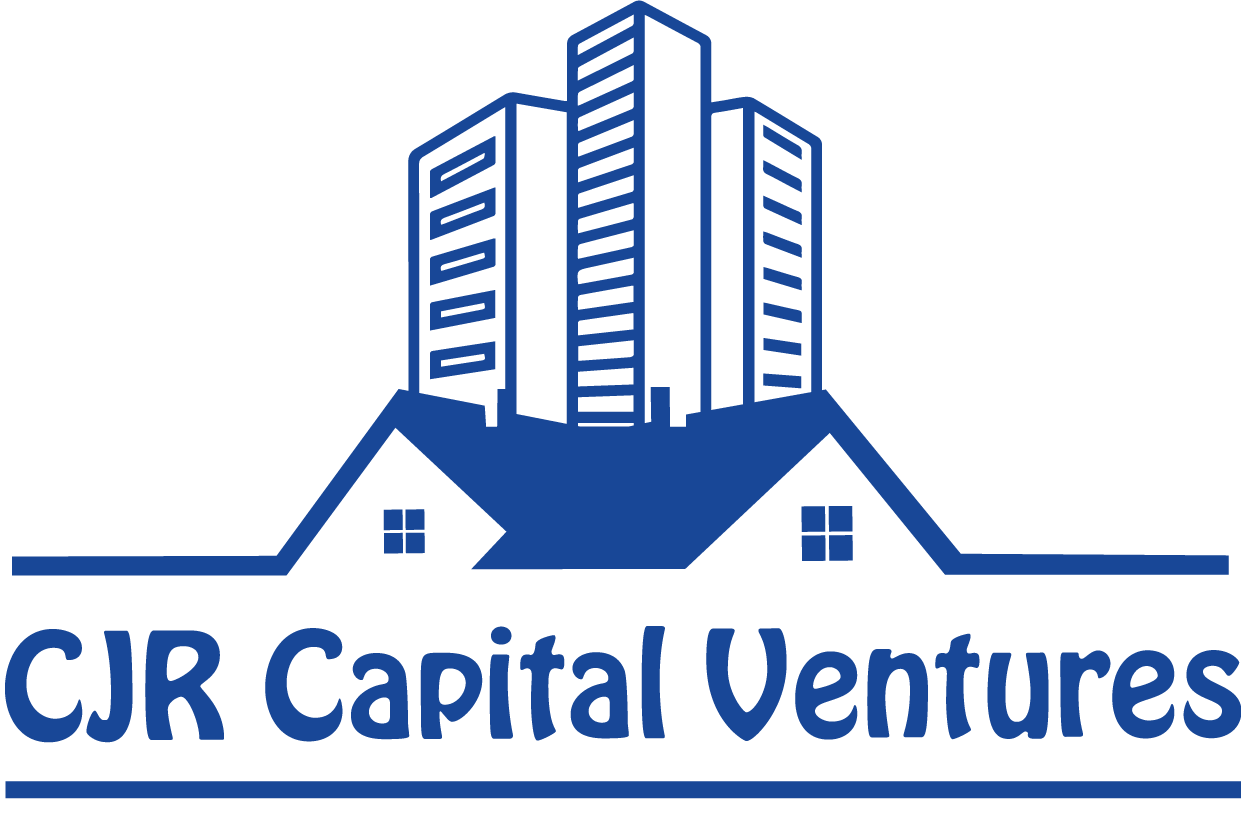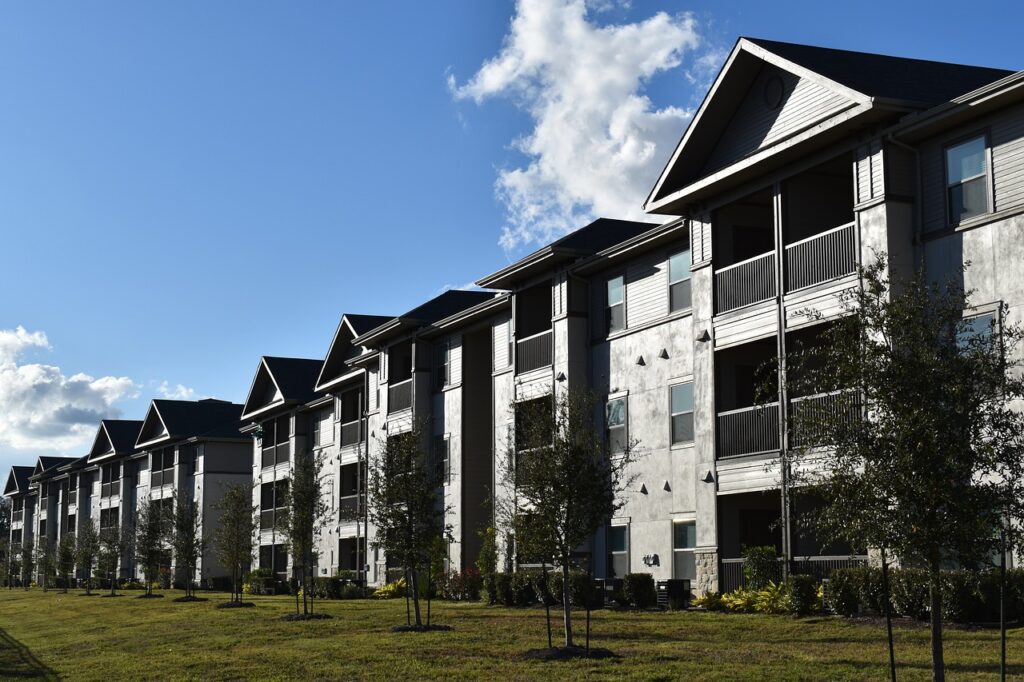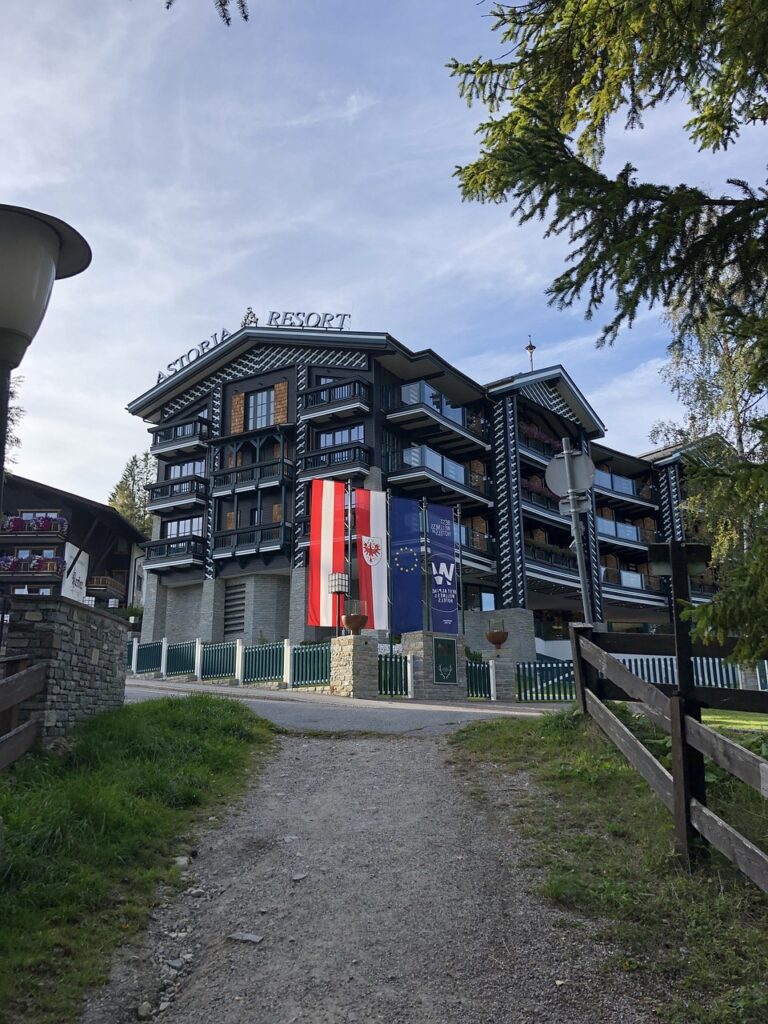
Uncover the Hidden Gems: Exploring the Power of Market Demographics for Apartment Investors

In the world of real estate investing, knowledge is power. And when it comes to investing in apartments, understanding the market demographics of the area you’re eyeing is like having a secret weapon in your arsenal. It’s all about uncovering hidden gems and making informed decisions. So, let’s dive in and explore the value of market demographics and why it’s essential for prospective apartment investors like yourself.
- Gain Insight into Migration Patterns: Understanding migration patterns is a key aspect of market demographics. By studying the influx and outflow of people in a specific area, you can predict housing demands. For instance, if an area is experiencing a significant influx of residents, it could indicate a growing demand for apartments. This knowledge can guide you to invest in areas that are poised for growth and success.
- Harness the Power of Local Government Support: Another crucial aspect of market demographics is evaluating local government master plans supporting multifamily properties. Some governments actively promote the development of multifamily properties to cater to the evolving needs of their communities. By identifying these areas, you can leverage the support and incentives offered by local authorities to maximize your investment potential.
- Know Your Property Category: Market demographics also help you identify the ideal property category to invest in. There are various types of apartments, such as luxury, mid-range, student housing, and senior living. Analyzing the demographics of an area will guide you in selecting the right category that aligns with the needs and preferences of the local population. This targeted approach increases your chances of attracting and retaining tenants, ensuring a steady stream of income.
- Enhance Your Market Research: Market demographics form the backbone of any market research you conduct. By analyzing the age, income levels, and lifestyle preferences of the local population, you can tailor your marketing strategies and property offerings accordingly. This personalized approach will not only attract potential tenants but also differentiate your property from competitors, creating a niche for yourself in the market.
- Discover Unmet Needs: Delving into market demographics helps you identify unmet needs within a specific area. For example, if you notice a growing population of young professionals in an area but limited affordable housing options, you can capitalize on this gap by investing in well-designed, cost-effective apartments that cater to their needs. By addressing these unmet needs, you position yourself as a problem solver and create a demand that drives profitability.
- Uncover Hidden Opportunities: Market demographics act as a treasure map, guiding you to hidden investment opportunities. By studying the needs, preferences, and purchasing power of the local population, you can identify emerging markets and untapped potential. Perhaps you stumble upon an area with a growing aging population but a lack of senior living options. This insight opens the door for you to invest in retirement communities or assisted living facilities, tapping into an underserved market with significant growth potential.
- Identify Trends and Market Shifts: Market demographics provide valuable insights into trends and shifts within a specific area. Understanding these trends allows you to adapt and evolve your investment strategies accordingly. For instance, if you notice a shift towards sustainable and eco-friendly living among the local population, you can invest in environmentally conscious apartment buildings, attracting tenants who prioritize sustainable living practices.
- Evaluate Risk and Return: Market demographics enable you to evaluate the risk and return potential of an investment. By analyzing the demographics, economic factors, and rental demand of an area, you can assess the potential profitability and stability of your investment. This knowledge empowers you to make informed decisions and minimize risks, ensuring that your investment yields the desired returns.
- Build a Long-Term Investment Strategy: Market demographics are not just about the present; they also provide insights into the future. By analyzing demographic trends, you can build a long-term investment strategy that anticipates changes in the market. For example, if an area has a growing population of young families, you can invest in apartments with family-friendly amenities and proximity to schools. This forward-thinking approach positions you as a visionary investor, ready to adapt and meet the evolving needs of the market.
- Establish Trust and Credibility: Lastly, by showcasing your understanding of market demographics, you establish trust and credibility with potential investors. When you can present well-researched data and insights about the demographics of an area, you demonstrate your expertise and ability to make informed investment decisions. This builds confidence in your capabilities, attracting more opportunities and investors to collaborate with you.
Now that you understand the immense value of market demographics for apartment investors, it’s time to put this knowledge into action. By leveraging these insights, you can uncover hidden opportunities, mitigate risks, and make well-informed decisions that pave the way for success in the world of apartment investing. So, dive deep into market demographics, and let the data guide you towards profitable and fulfilling investments.






